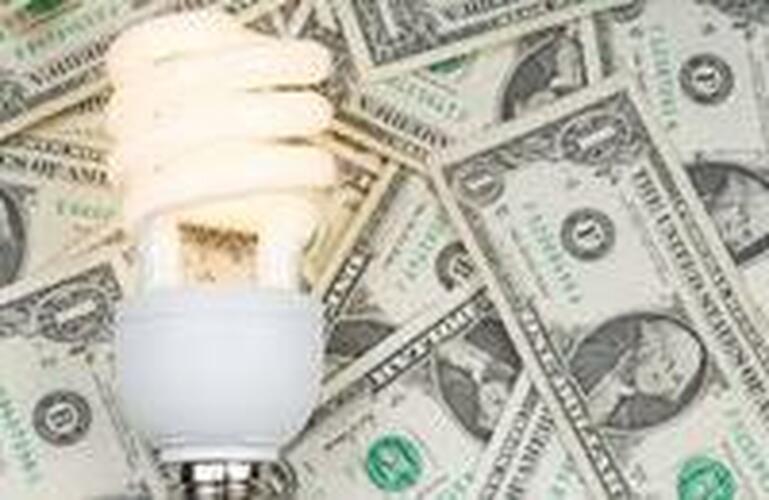In this day and age it is very hard to deny the importance and prevalence of saving energy. With restaurants ranking among the most energy-intensive commercial spaces by square foot, that means there is a lot of room for savings!
- Cut idle time. Do you need all of your appliances on, all of the time? Probably not. Leaving equipment on standby costs you money, so implement a startup/shutdown plan to make sure you’re using only the equipment that you need, when you need it. The savings can be substantial. Cutting only one hour of broiler idle time every day, for example, could save $450 annually.
- Cook wisely. Ovens tend to be more efficient than rotisseries; griddles tend to be more efficient than broilers. Examine your cooking methods and menu and find ways to rely on your more-efficient appliances.
- Maintain and repair. Don’t let everyday wear and tear drive up your energy bills. Check for leaky gaskets, clogged burners, loose oven-door hinges and all other problems that can add up to a huge situation. Stop waste by staying on top of repairs.
- Recalibrate to stay efficient. It’s likely that over time the performance of your kitchen appliances will degrade. Thermostats and control systems can fail or fall out of calibration. Take the time to do an occasional thermostat check and recalibrate as necessary to ensure that you’re cooking at the right temperature. Repair or replace broken control panels on ovens, steamers, and other appliances that feature control systems, and don’t forget to replace missing knobs on manually controlled appliances like ranges, griddles and broilers.
- Check pilot lights. Older gas-burning appliances typically feature pilot lights, which require a constant stream of gas to stay lit. Check pilot flames occasionally to make sure you’re using only as much gas as you need. How do you spot an over-fired pilot light? A tall yellow flame is the giveaway. Adjust flames so they are bullet shaped and mostly blue.
- Buy energy-efficient appliances. Inefficient appliances make for an expensive double-whammy: in addition to having higher operating costs, inefficient kitchen appliances tend to emit more heat than their efficient counterparts resulting in a hotter kitchen and potentially forcing you to spend more to cool the air in your kitchen.
- Buy with capacity in mind. Size up your food production needs and try to buy appliances that match your needs on a pounds-per-hour basis. Grossly oversized appliances can hit you in the pocketbook as both capital costs and operating costs. Overcapacity is particularly painful, as you pay to heat up the production capacity you will never use.
Resources:
http://www.energybiz.com/article/15/07/key-dramatically-reducing-overall-energy-use-solve-problem-moving-air
http://www.pge.com/includes/docs/pdfs/mybusiness/energysavingsrebates/incentivesbyindustry/foodservices/Boosting_Restaurant_Profits_with_Energy_Efficiency.pdf

